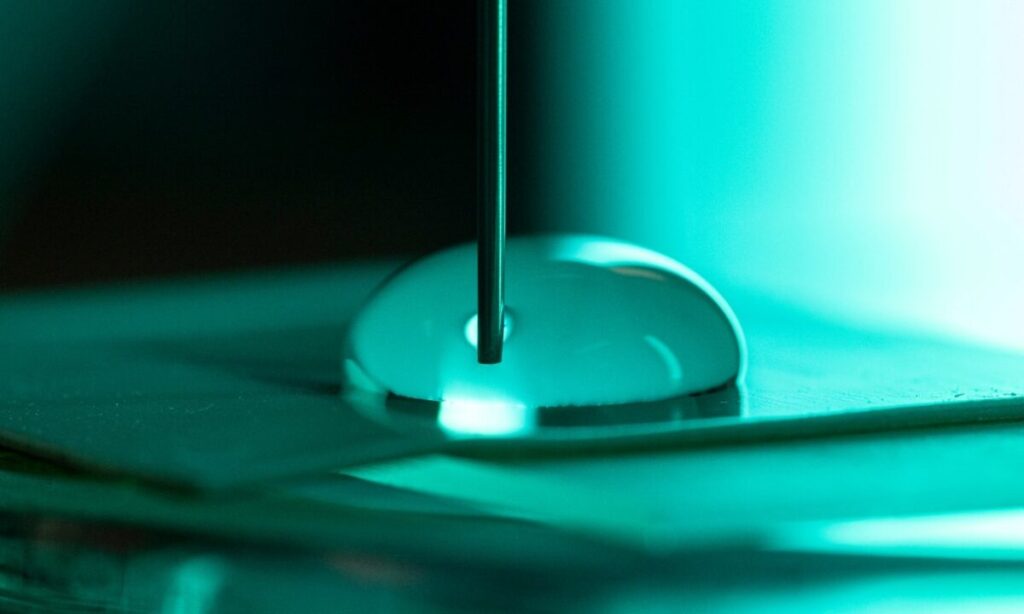Electricity that is generated by water that moves over a surface can be 10 times more powerful than previously thought, according to Australian researchers who say that their finding could stimulate energy storage and loading percentages and improve safety in fuel ownership systems.
Researchers of RMIT University and the University of Melbourne have discovered that water generates an electrical charge up to 10 times larger than previously understood when it moves over a surface.
The academics noted that when a water drop got stuck on a small bump or rough place, the power built up until the “jump or slid” along an obstacle, creating an irreversible load that had not been reported before.
“Earlier, scientists have understood this phenomenon if it prevents the liquid leaving a surface that goes from wet to dry,” said Peter Sherrell whose research at RMIT’s School of Science specializes in catching and using environmental energy from the environment.
“In this work we have shown that cargo can be made when the liquid first comes into contact with the surface, when it goes from dry to wet and is 10 times stronger than wet charging to dry charging.”
The team measured the electrical charge and contact areas created by water droplets that spread and contracts on a flat plate of the material used in Teflon, Polytetrluorethylene (PTFE).
Shuaijia Chen, first author and PhD student of the University of Melbourne, said the first time that water hit the surface, the biggest change that was in charge, from 0 to 4.1 Nanocouloms (NC). The load oscillated between approximately 3.2 and 4.1 AD, because the interaction of the water surface alternated between wet and dry phases.
“To put things in perspective, the amount of electrical charge made by water by over the PTFE surface was more than a million times smaller than the static shock that you could get from someone who jumps on a trampoline next to you,” said Chen.
“That amount of charge may sound insignificant, but this discovery can lead to innovations that can improve or brake the load created in liquid surface interactions in a series of real-world applications.”
The academics said the new understanding of this “stick -slip” movement of water over a surface releases the road for surface design with controlled electrification, with potential applications ranging from improving safety in fuel -retaining systems to breakthrough in energy storage and loading speeds.
Sherrell said that the team is planning to investigate the stick-slip phenomenon with other types of liquids and surfaces, which adds that the impact of this study depends on the development of commercial technologies with potential industrial partners.
“The amount and speed of cargo in other liquid and surface material interactions can be relevant to a series of potential commercial applications,” he said.
“We are planning to study where Stick-Slip movement can influence the safety design of liquid treatment systems, such as those used to store and transport ammonia and hydrogen, as well as methods to restore electricity and to speed up liquid movement in energy storage devices.”
The study, ”Irreversible charging caused by energy dissipation by taking drops on polymer surfaceswas published in the scientific journal Physical assessment letters.
This content is protected by copyright and may not be reused. If you want to work with us and reuse part of our content, please contact: editors@pv-magazine.com.
Popular content


